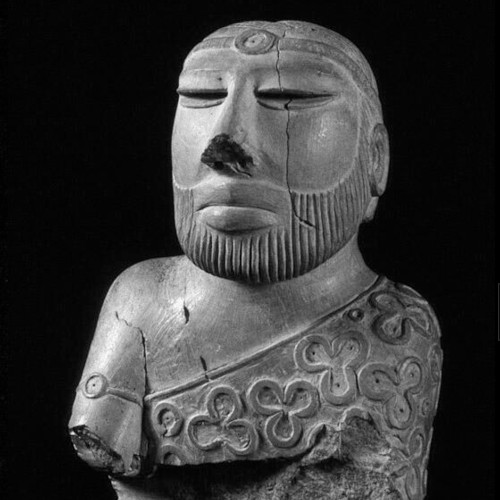
Dedicated for all DNA, Analysis Results, History, Research topics related to: Helmand Civilization
The Helmand Culture was a mysterious Bronze Age civilization from 3300-2350 BC which flourished mainly in the middle and lower Valley of the Helmand River in southern Afghanistan, Kandahar, Helmand and Nimruz provinces as well as eastern Iran. The people of the Helmand Culture lived partly in cities with temples and palaces evidencing complex and advanced social structure. The main known cities are Shahri Sokhta and Bampur in modern Iran as well as Mundigak in Afghanistan. These cities were located near a river with major trade routes and were quite large ranging in sizes up to 150 acres each by 2400 BC. Each city had a citadel or palace which appeared to serve public functions and were surrounded by walls. Each of these palaces consisted of a courtyard with various rooms. Much of the artwork contained depictions of cattle. In addition to extensive pottery found, there were also elaborate bronze and terracotta drains - a testament to the proximity of the Helmand to the Indus Valley city nearby in Pakistan with the worlds oldest swimming pool - the Great Bath of Mohenjo-daro - which was 83 square meters in size.
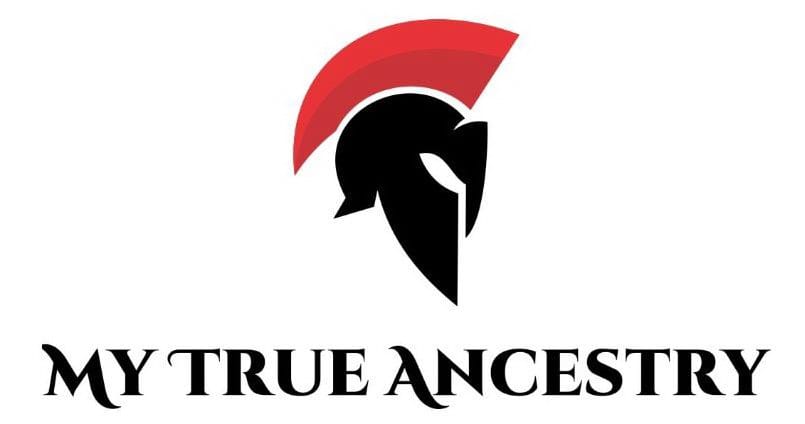

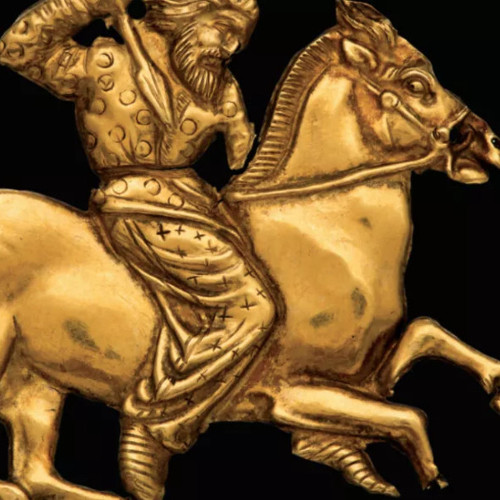
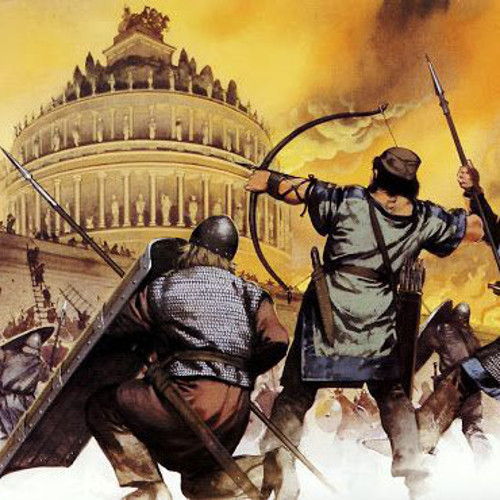
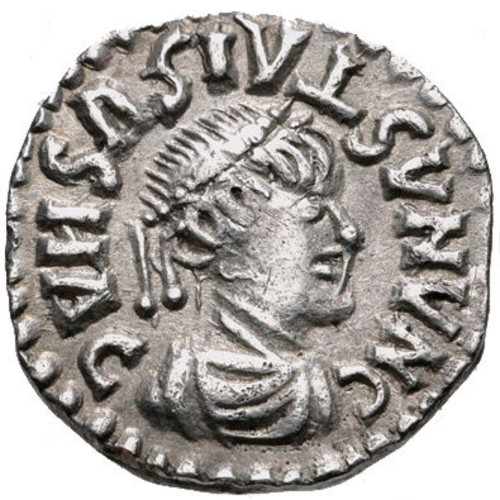


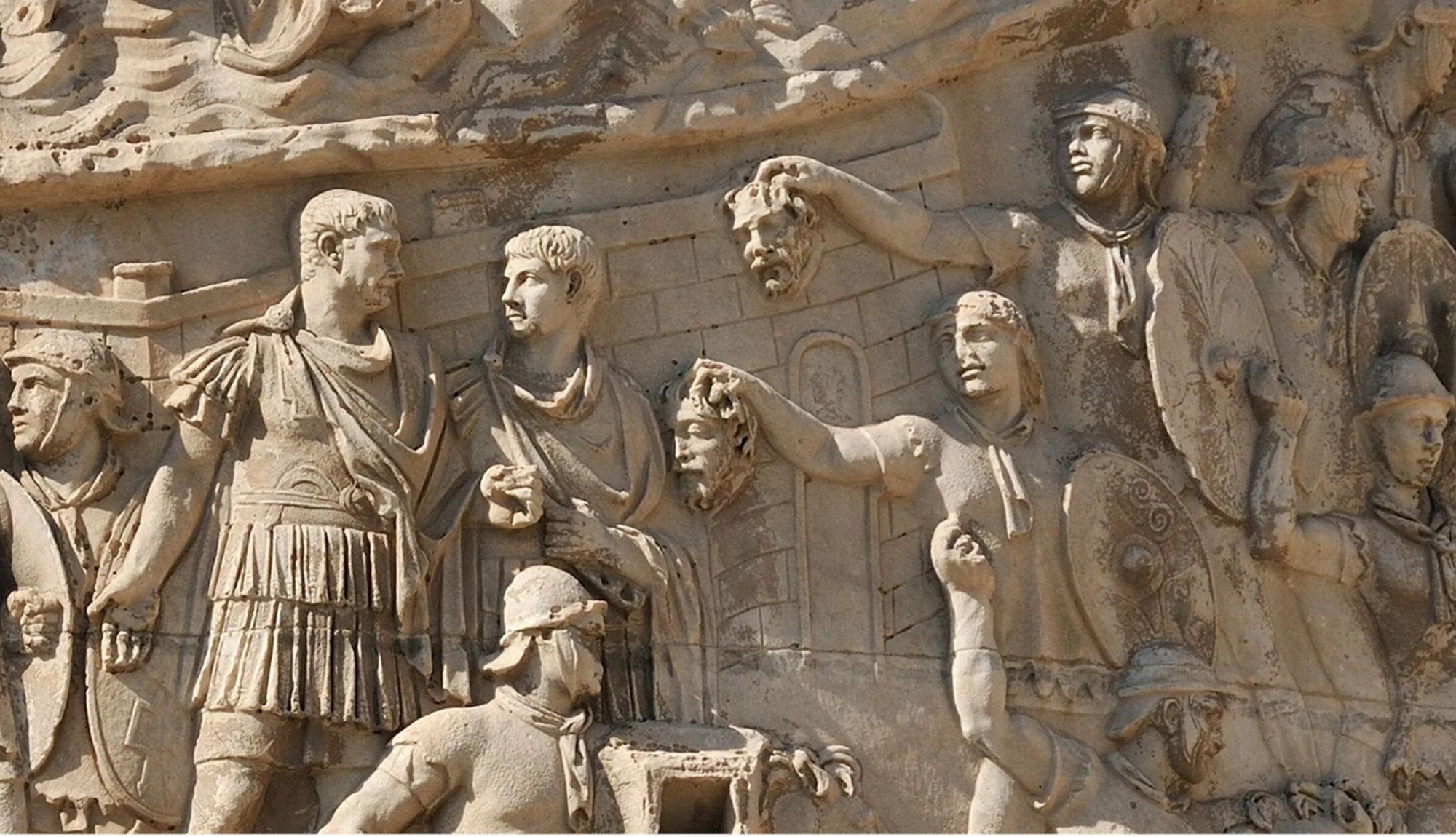
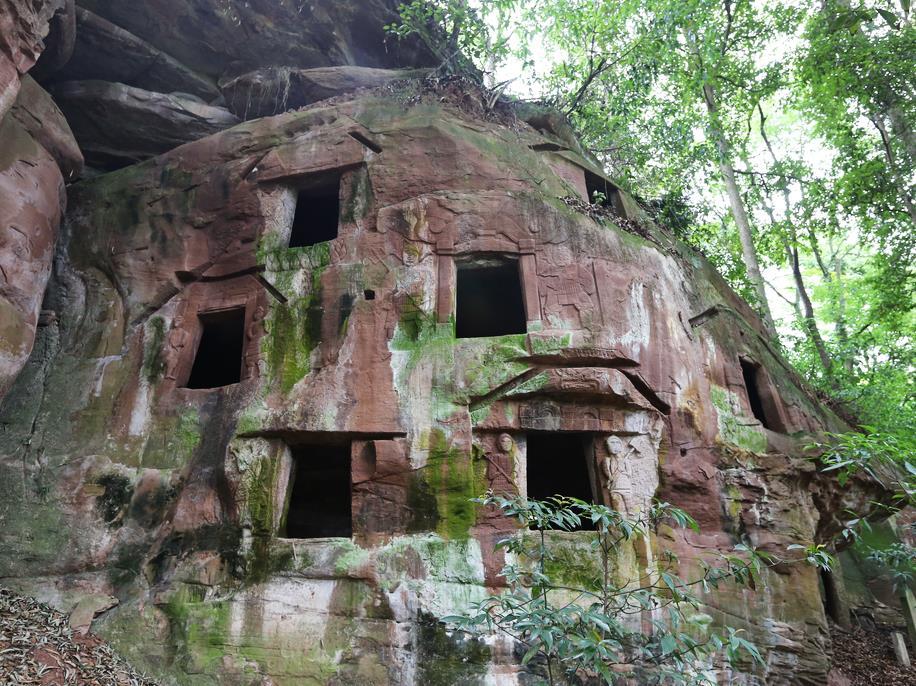
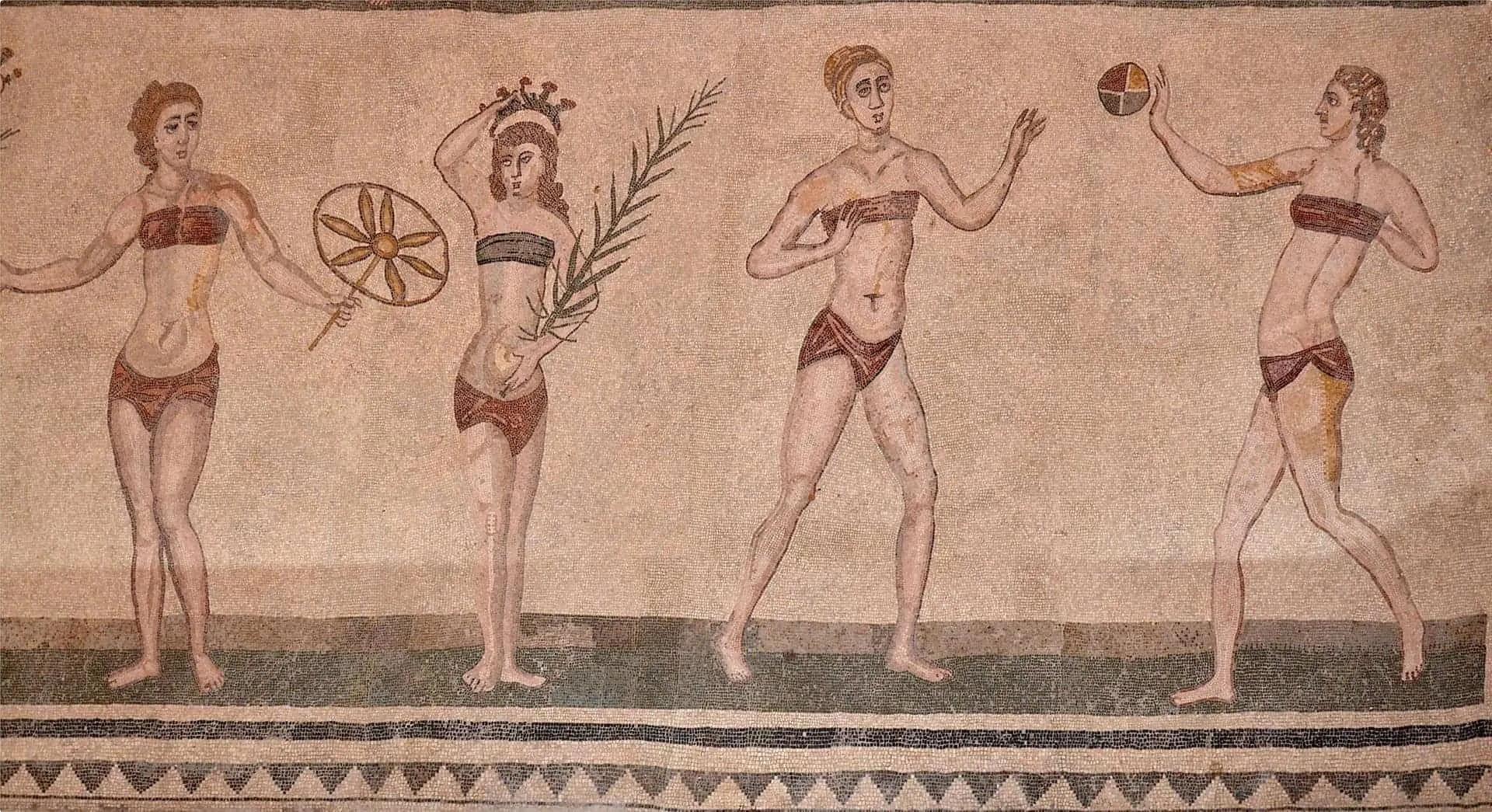

Comments